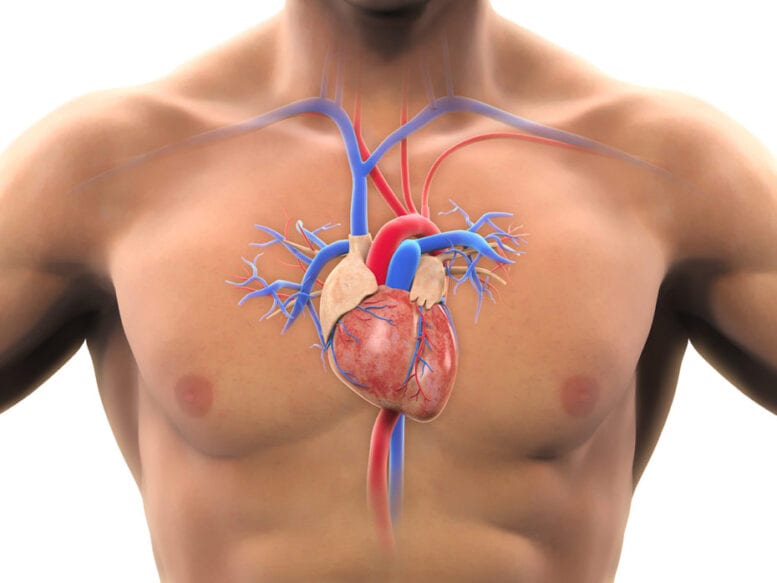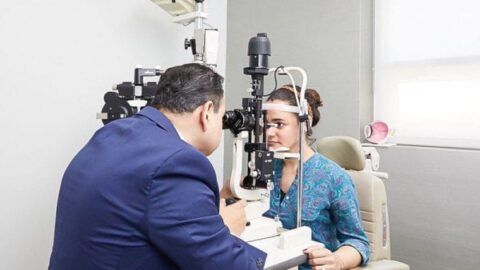What are the coronary arteries?
coronary arteries on the surface of the heart as with any muscle in the body, your heart muscles need an oxygenated blood supply in order to function. The coronary arteries supply the heart muscles with oxygen and other nutrients from the bloodstream. They can be found on the surface of the heart. If these arteries cannot supply the heart with blood because of coronary artery disease, then the heart muscles do not receive the fuel they need to pump blood around the body.
What is coronary artery disease?
Coronary artery disease (CAD), also called coronary heart disease (CHD) or ischaemic heart disease, or simply heart disease, is an illness in which the flow of blood to the heart is restricted. This is usually caused by atherosclerosis – a buildup of plaque, cholesterol and other substances in the coronary arteries. As materials build up on the inner wall of the arteries, the arteries become hardened and narrow.

Cardiovascular disease statistics
Cardiovascular diseases are the biggest cause of death in the world. Coronary artery disease causes around 7.4 million deaths each year, and strokes cause around 6.7 million deaths each year.
It is believed that coronary artery disease affects around 40% of people in the US, though some do not experience symptoms.
Many cardiovascular diseases, such as coronary artery disease, are preventable and caused by smoking, inactivity, obesity, bad diet, and excessive alcohol consumption.
What are the symptoms of coronary artery disease?
In its early stages, coronary artery disease may not show any symptoms. It may be discovered during routine checkups, and if you are at risk, for example overweight or diabetic, then your doctor may check you for heart disease.
The most common sign or symptom that you have coronary artery disease is chest pain, called angina pectoris. This can include feelings of tightness or heaviness, and the pain can radiate to the arms, shoulders, jaw, neck, or back. Some people confuse this pain with heartburn or indigestion.
What is a heart attack?
A heart attack occurs when the flow of oxygenated blood to the heart is blocked, and the cells in the heart muscle are deprived of oxygen. These cells begin to die due to the lack of oxygen and other nutrients from the blood. If the flow of blood is not restored quickly, heart attacks can be fatal.
What causes coronary artery disease?
There are many factors that contribute to coronary artery disease, and some people are genetically more likely than others to develop the condition. However, lifestyle also plays a huge role, and coronary artery disease can be caused or worsened by:
- Smoking
- High blood pressure
- Obesity
- Lack of exercise
- Diabetes mellitus
- High cholesterol
How is coronary artery disease diagnosed?
If you are overweight, or have high blood pressure or other risk factors, your doctor may recommend carrying out some tests to check the condition of your coronary arteries. Diagnostic procedures which your doctor might recommend include:
- Echocardiogram
- Electrocardiogram and stress electrocardiogram
- X-rays
- Blood tests
- Coronary angiography
- Radionuclide heart scan
- Cardiac MRI
- Cardiac CT Scan
What are the most common treatment options for coronary heart disease?
If you have coronary artery disease, you should discuss your options with a cardiologist. The specialist will assess your level of risk and come up with a suitable treatment plan. In some cases, lifestyle changes are enough. You may be prescribed medications, or you might be a candidate for coronary angioplasty or heart bypass graft surgery.
There are cardiology specialists around the world, and if you want to save money, avoid long waiting times for appointments, or combine your healthcare with a trip abroad, then consider medical travel. Contact Us to find top cardiologists, compare costs, or book a cardiology checkup or consultation.
Lifestyle
Many people suffer from coronary artery disease, and before recommending surgery, doctors will recommend a number of lifestyle steps. These changes can help to prevent the condition from worsening, and with a healthy lifestyle, the condition of the coronary arteries may even get better. The goals of these changes are to reduce the risk of heart attack, improve quality of life, and stop the patient from requiring surgical treatment in the future. The best things you can do are:
- Do not smoke and avoid inhaling second hand smoke
- Lose weight
- Eat a healthy diet with low levels of cholesterol, saturated fat, trans fat, and sodium
- Exercise more
- Don’t drink too much alcohol (a small amount is okay)

Medications
Not surprisingly, several of the most commonly prescribed drugs in the world relate to coronary artery disease. There are hundreds of different drugs which help to reduce the risk of heart attack, reduce atherosclerosis, and improve the quality of life for people suffering from heart disease. The most common medications for heart disease patients are:
Cholesterol lowering drugs e.g. statins. These prescription drugs reduce the amount of cholesterol produced by the body, and can also help to reduce the cholesterol buildup in the arteries.
Blood pressure lowering drugs e.g. ACE inhibitors. These prescription drugs help to dilate the blood vessels, lowering blood pressure.
Interventional procedures
Commonly performed surgical interventions for coronary artery disease are coronary angioplasty and coronary artery bypass graft surgery:
Coronary Angioplasty
Coronary angioplasty is less invasive than heart bypass surgery, as the doctor uses a catheter (a long thin device) to reach the blocked artery. The catheter is usually inserted through the femoral artery, through a small incision in the groin. This is then gently pushed through the artery until it reaches the heart. The position of the tube is carefully monitored, and when it reaches the blocked artery, a small balloon is inflated in order to widen the artery. Often a stent is placed in the artery to hold it open. This is a small tube which is fitted into the artery and left there.
Coronary Artery Bypass Graft Surgery
In coronary artery bypass graft surgery, also called heart bypass surgery, the clogged arteries are bypassed by healthy blood vessels from elsewhere in the body. The healthy blood vessel is attached to the coronary artery, creating a new pathway to the heart muscles.
Atherectomy
An atherectomy is a procedure in which plaque is removed from the inside of the blood vessel using a small blade. A special tube called a catheter is inserted into the artery through a small incision. The catheter has a small blade so that it can cut away, and then collect the plaque and other substances. In some cases, the cardiologist will perform this a few times to remove large amounts of plaque. The procedure can be done under local anesthetic.
Finding a cardiologist
Sometimes there can be long waiting lists for an appointment with a cardiologist, and some procedures to treat coronary artery disease are not covered by health insurance unless there is an emergency.
Increasingly, people are travelling for healthcare, and it can be easier and less expensive to get an appointment abroad, both for heart checkups, consultations, and cardiology interventions.
The most affordable countries to see a specialist for heart problems include Poland and India, where the quality of care is high, and hospitals are actively marketing their services towards foreign patients as well as the local population. Patients seeking expert advice may seek to travel to countries like Germany, where some of the leading cardiologists are based.
Let us know your thoughts!
If you are looking for a specialist for heart problems or a country to get treatment, contact us for a Personalized Treatment Quote or email us at Info@MakeMedicalTrip.com









